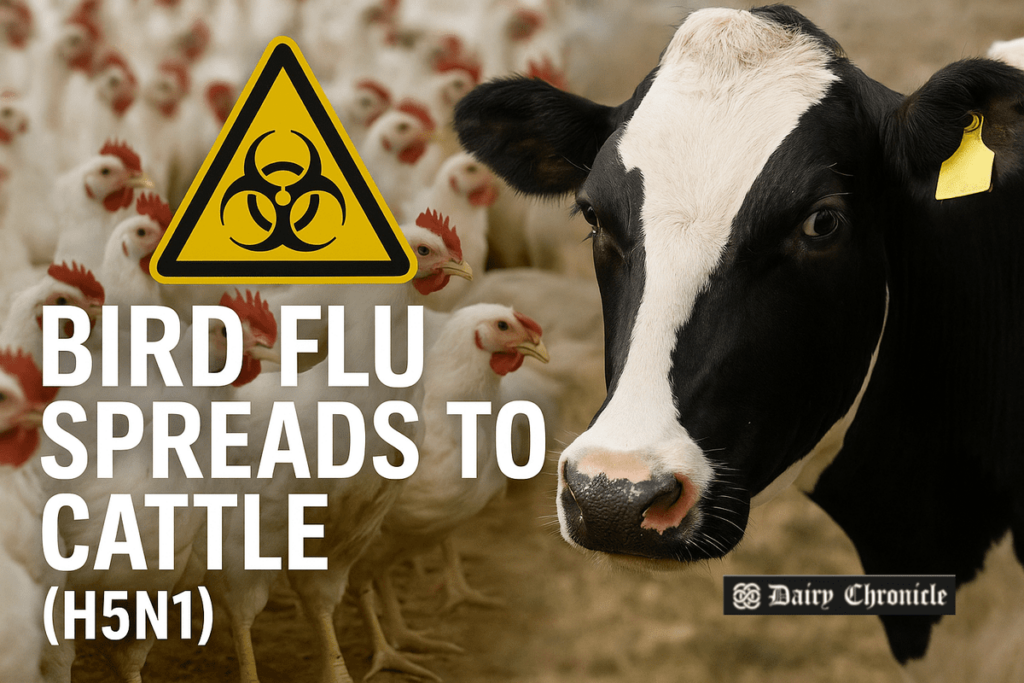The spread of bird flu (H5N1) to cattle in the Mountain West region has raised concerns among federal officials. While the virus doesn’t pose a significant threat to humans, its impact on livestock has been alarming, especially with dairy farms being affected in states like Idaho, Arizona, and Nevada. The Centers for Disease Control and Prevention (CDC) and animal health inspectors are closely monitoring the situation.
The recent spread of bird flu (H5N1) to cattle in the Mountain West has raised alarms among federal officials. Although the virus poses no significant risk to human health, it has affected dairy farms and cattle in multiple states, including Idaho and Arizona, with cases also reported in Nevada.
The Centers for Disease Control and Prevention (CDC) and local animal health inspectors have been tracking the virus, which has already devastated poultry flocks across the country. The virus is highly lethal to poultry, wiping out entire flocks in a matter of days. However, cattle seem to have a better ability to recover from the infection, though the virus remains a concern for livestock.
Brian Labus, an associate professor with the School of Public Health at the University of Nevada, Las Vegas, commented that human cases are rare and typically limited to those with significant occupational exposure, such as workers in close contact with infected chickens or cattle. So far, there have been 70 reported human cases in the U.S., with one fatality, but the virus has not spread from person to person.
To contain the spread of the virus, a federal order requiring testing of cattle before transport has been in effect. This proactive measure, along with continued monitoring by the CDC’s flu surveillance systems, aims to prevent further outbreaks.
Officials have also reassured the public that proper pasteurization of milk and cooking of beef and poultry products eliminates any risk of the virus spreading through food.
As the situation evolves, federal and state agencies continue to monitor the spread of H5N1, working to safeguard the health of livestock and prevent a broader outbreak in the region.



